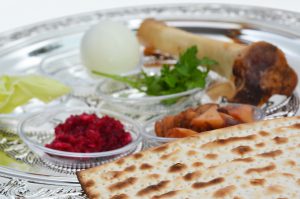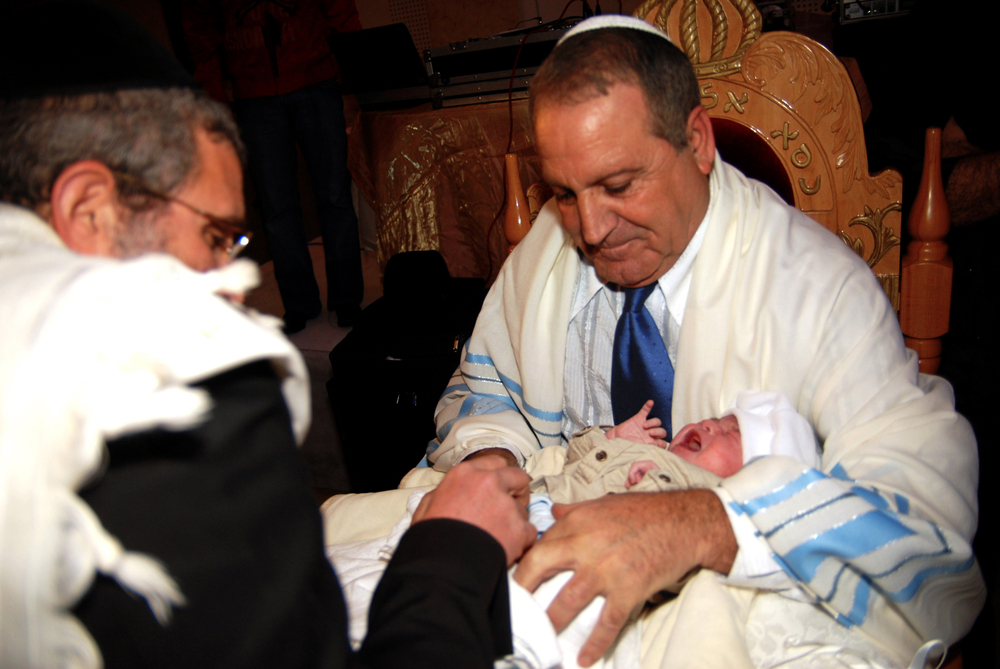Warming Food on Shabbos
< Lesson 5: Friday Night Cholent
Lesson 6: Save My Burning Cholent!
You wake up on Shabbos morning and the first thing that greets your nose is the smell of burning cholent. Oh no! What’s going to be with my cholent?! I have guests coming!
Have no fear! In this sixth lesson about warming food on Shabbos (or Shabbat), Rabbi Rappaport discusses what to do to save your cholent from burning on Shabbos.
There are a number of possible ways to save the cholent, whether you have a flat-base crockpot or an insert-style crockpot:
Option 1: Move the Pot to a Blech
If you have a blech with other food on it (see Lessons 1-3), you can remove the crockpot from the very hot base and place it on a warm spot on the blech, so it retains the heat but won’t further burn it.
Option 2: Add Water Directly From A Hot Water Urn
Alternatively, if you don’t have a blech, but you have a hot water urn plugged in, you can add some water from the urn to the crockpot to prevent it from burning, following these instructions (One cannot under any circumstances take cold/uncooked water from the sink or the fridge or anywhere else to add to the pot – that’s a total prohibition):
- While following the rules of returning a pot to a blech (see Lesson 5), carry it over to the urn to dispense the water directly from the urn into the pot.
- If you did not have a blech/foil on the base before Shabbos, you can place it on while holding onto the pot.
- Be careful not to hold the pot too close to the spout, so the hot (yad soledes bo) steam from the fleishig (meat) cholent doesn’t make the urn fleishig.)
- Since the cholent is fully cooked, you can even stir the cholent. Replace the cover, and return it to the crockpot base.
- If you have a kettle on your blech, you can bring it to the cholent pot to pour in the water. Remember to follow the rules of returning a kettle to the blech.
- If you have a pot without a removable insert, and cannot bring the pot to the urn, you may wonder if you are allowed to dispense water from the urn (Kli Rishon – first vessel) into a cup (Kli Sheini) and pour it from there into the pot. There are diverse opinions amongst the rabbis if that is permitted, because once it’s in the cup, it’s not on the fire anymore. Therefore it should preferably not be done. If you have no other option, you can do it that way.
Option 3: Raise the Pot Slightly Off the Element
If you have aluminum foil balls or an empty tuna can that you did not put in before Shabbos, (following the opinion that it’s not needed), or anything else you can put in to raise the pot off the source of the heat, you can do that too, again making sure to follow the rules of returning a pot to the blech.
Lesson 7: Heating Food On Shabbos Day >
Rabbi Pinchus Rappaport is a respected rabbi who received his Rabbinic ordination from Yeshiva of Staten Island, under the tutelage of Rabbi Moshe Feinstein. He currently serves as a rabbi in Brooklyn, NY.
Since halachic opinions vary among the rabbis of different communities, Oorah and Rabbi Rappaport encourage you to direct any questions to, and get halachic guidance from, your local Orthodox rabbi. You may, however, rely on this video and email Rabbi Rappaport with questions in the interim, at askrpr2@gmail.com.
Shared as a zechus l’iluy nishmas Moshe Zeev ben Aryeh Leib


